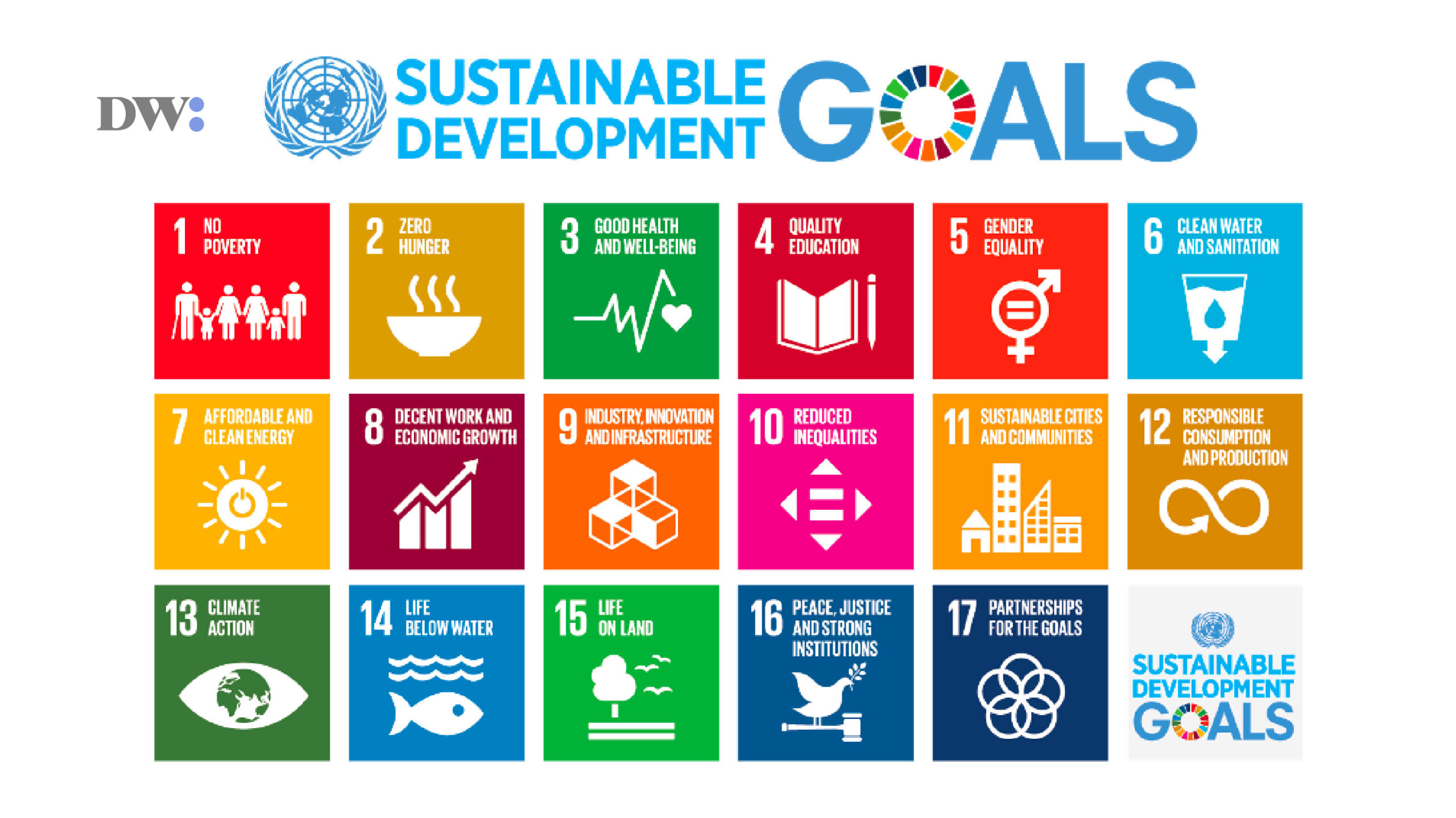Today, the annual United Nations General Assembly comes to a close. This meeting of global heads was slated for the 19th to 26th of September 2023. This assembly is the principal decision-making, policy-making, and representative body of the UN. It offers a singular platform for international debate on global concerns, such as peace and security and it is made up of all 193 UN Member States.
This two-day summit discussed the progress of 17 sustainable development goals (SDGs) with a 2030 target. The SDGs are an international call to action to eradicate poverty, safeguard the environment, and enhance people’s lives and future chances worldwide. They were first coined in 2015 with an outlined a 15-year plan to accomplish the goals and were accepted by all UN Member States. Although there are numerous sectors where advancement is now being achieved, overall, the pace or magnitude of action needed to achieve the Goals is still not being met. It is predicted that to achieve the Goals by 2030, a decade of aggressive action should have begun in 2020.
One of these SDGs tagged as SDG 5 was committed to achieving a gender equality world and based on 14 indicators created to measure its progress, none of it has been met. The indicators were focused majorly on legal rights, healthcare and education.
These indicators for measurement were spread across different sectors such as laws to prevent discrimination and uphold legal rights, the prevalence of intimate partner violence, child marriage and female genital mutilation, unpaid caregiving and domestic work, representation in politics, managerial jobs, health care and reproductive rights, education, land rights, phone ownership, government funding and data collection on gender equality. These indicators were graded using very far, moderate and close in the World, Africa, Asia, Europe, the Americas and Oceania.
The reproductive health indicator target was met in Europe. The World Bank recorded that the country with the highest score is Sweden with a 100 per cent rating with regards to access to sexual and reproductive healthcare compared to Bulgaria which had the lowest rating of 62 per cent. This indicator was also recorded as a target met in North America, Australia and New Zealand with Mexico recorded as 86 per cent and Australia and New Zealand recorded as 95 per cent. There was no reported target met in South America and the Caribbean.
The indicator recorded as target met in Asia was the proportion of women seats in Local Governments and the countries with the highest percentage of women are India and Bangladesh with a rating of 33.3 per cent while the country with the lowest rating is Sri Lanka at 2 per cent.
The indicator for women in managerial jobs was the only indicator recorded as close in the 46 countries in sub-Saharan Africa. This points out that the target was met or on track as the rest were recorded as very far, moderate or insufficient data. The country with the highest rating was Botswana with 56.7 per cent of the female population occupying management positions and Angola had the lowest percentage with 18.2 per cent.
The other 16 SDGs also had gender-specific indicators to track the status of women and girls across the world and a thorough assessment showed that these goals will fall short by 2030 if there is no increase in action and commitment. These 16 SDGs were focused on poverty, hunger, health and well-being, education, clean water and sanitation, energy, economic growth, industrial innovation, reduced inequalities, sustainable cities, climate change, justice and partnerships to sustainable development goals.
It is important to note that the progress to achieve a gender-equal world was impeded by institutional and legal constraints, ingrained prejudice, insufficient representation in politics, economic inequalities, and a lack of legal investment and protection. To get back on track, strong fresh commitments will be needed.
One of the proposed commitments that was made at the summit that will help accelerate the progress was a call for a $1 billion investment which will help eliminate violence against women and girls whose impact is estimated at $1.5 trillion. However, the $1 billion estimated to achieve this didn’t meet the funds created to address gender equality in all areas estimated at $360 billion per annum. In comparison to this, the climate change indicator which has not been met has led to up to 158.3 million additional women and girls becoming poor as a result of climate change—16 million more than men and boys combined. Compared to 131 million more men and boys, 236 million more women and girls are expected to experience food insecurity because of this. There is a need for the provision of funds to mitigate this so that the number of women living in extreme poverty would drop from 158.3 million to 43.3 million.
Women and girls make up half of the world’s population and if SDG 5 is not prioritized, it threatens the entire 2030 Agenda for Sustainable Development. Raising the general population’s well-being won’t be achievable if their requirements aren’t met and the benefits of improving the status of women and girls will be felt by all.
For instance, according to the UN study, closing the widening gender gap in food insecurity will increase the global GDP by an estimated $1 trillion. Women and girls may significantly increase the peace, stability, and security of the world through the improvement of their health, welfare, education, safety, legal rights, political involvement, and leadership. Therefore, achieving SDG 5 can’t be overemphasised and will aid in promoting all SDGs focused on gender equality across the globe.

Leave a Reply